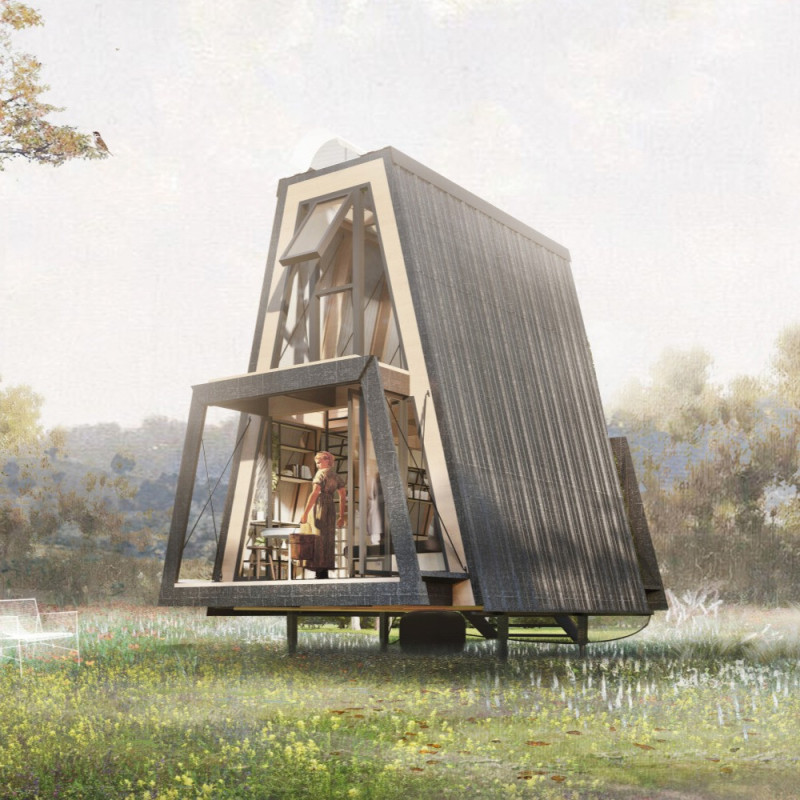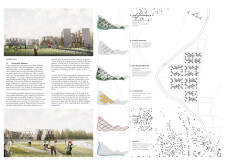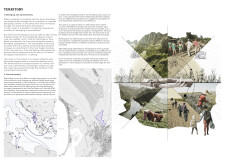5 key facts about this project
### Overview
[Project Name] is situated in [Geographical Location] and is designed with a focus on functionality, aesthetics, and sustainability. The project aims to create a space that addresses both environmental considerations and the needs of the community. By integrating various architectural strategies, the design fosters a sense of connection between its occupants and the surrounding environment, enhancing overall user experience.
### Spatial Organization and User Engagement
The layout of [Project Name] is structured to create distinct, yet interconnected zones that facilitate social interaction while maintaining privacy where necessary. Dedicated public spaces encourage communal activities, while private areas are thoughtfully positioned to ensure tranquility. The design emphasizes flow among spaces, promoting an inclusive atmosphere that invites engagement among users. This spatial organization is supported by flexible design elements that allow for versatile uses and adaptations over time, catering to the evolving needs of the community.
### Material Selection and Sustainability Practices
The selection of materials is integral to the architectural vision of [Project Name]. A combination of concrete, glass, steel, wood, and natural stone is employed to achieve durability while resonating with local context. Concrete provides structural integrity, while glass allows for ample natural light and visual connection to the exterior. Sustainable practices are evident through the use of green roofs, which contribute to insulation and biodiversity, as well as systems for rainwater harvesting and energy-efficient technologies. The careful prioritization of these materials reinforces the project’s commitment to sustainability, aligning with environmental goals and enhancing the building's longevity within the local landscape.
The project also integrates landscaping that complements the structure, incorporating indigenous plants and water features to enhance interaction with nature and promote ecological balance. Such considerations help establish a cohesive relationship between architecture and the natural environment.






















































